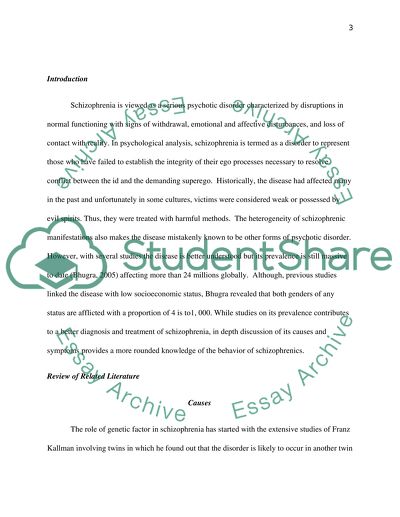Cite this document
(“Causes and Symptoms of Schizophrenia Research Paper - 1”, n.d.)
Retrieved from https://studentshare.org/psychology/1583432-causes-and-symptoms-of-schizophrenia
Retrieved from https://studentshare.org/psychology/1583432-causes-and-symptoms-of-schizophrenia
(Causes and Symptoms of Schizophrenia Research Paper - 1)
https://studentshare.org/psychology/1583432-causes-and-symptoms-of-schizophrenia.
https://studentshare.org/psychology/1583432-causes-and-symptoms-of-schizophrenia.
“Causes and Symptoms of Schizophrenia Research Paper - 1”, n.d. https://studentshare.org/psychology/1583432-causes-and-symptoms-of-schizophrenia.


